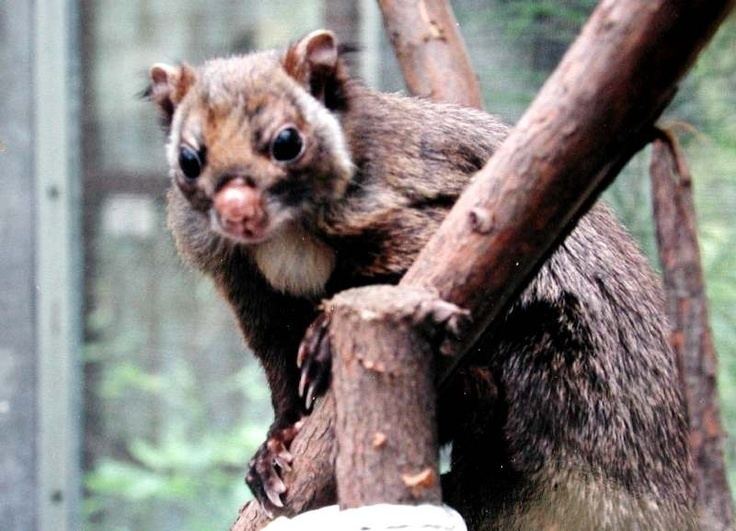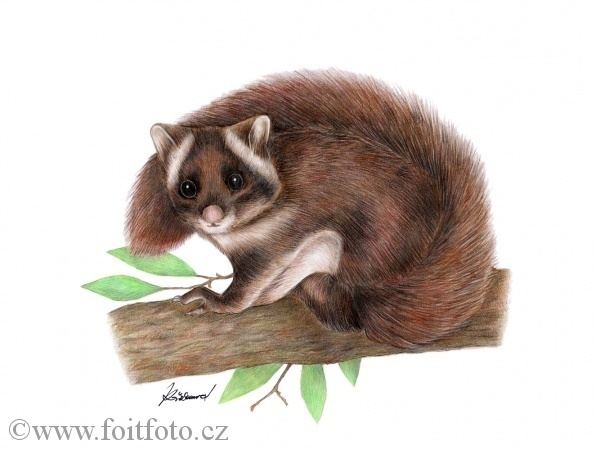Family Sciuridae Phylum Chordata Rank Species | Subfamily Pteromyinae Higher classification Petaurista | |
 | ||
Similar Flying squirrel, Petaurista, Japanese squirrel, Japanese dwarf flying squirrel, Red giant flying squirrel | ||
japanese giant flying squirrel
The Japanese giant flying squirrel (ムササビ, musasabi, Petaurista leucogenys) is a species of flying squirrel, one of two species of Old World flying squirrels. It is native to Japan where is inhabits sub-alpine forests and boreal evergreen forests on Honshu, Shikoku and Kyushu islands. It grows to a head-and-body length of 50 cm (20 in) with a tail nearly as long again, and has a membrane connecting its wrists and ankles which enables it to glide from tree to tree. It feeds mainly on fruits and seeds. It breeds once a year in the autumn, with one or two young being born in its den. This squirrel faces no particular threats, has a wide range and is relatively common, and the International Union for Conservation of Nature lists it as being of "least concern".
Contents

japanese giant flying squirrel
Distribution

The squirrel is endemic to the islands of Honshū, Kyūshū and Shikoku in Japan and in Guangzhou in China.
Ecology
Like other flying squirrels it has a web of skin between its legs which it uses to glide between trees. Glides of 160 metres have been recorded. The tail is used for stability during flight. The body is about 25–50 cm long, and the tail a further 30–40 cm. It weighs between 700 and 1500g. It is much larger than the related Japanese dwarf flying squirrel which does not exceed 220g. It eats fruit and nuts and lives in holes in large trees. The female has a home range of about a hectare and the male about two hectares.

Sexual maturity is reached after about two years. From winter to early summer the males compete for females. During mating, after ejaculation, the male produces a sticky protein called a coitus plug from his penis which becomes firm and blocks the female's vagina. This may stop semen from leaking out and heighten the chances of fertilization. It also prevents other males from mating with the same female. However males can use their penis to remove the coitus plug. Gestation lasts about 75 days and one or two young are born in early autumn.
